Throughout history, cities have risen and fallen, many buried beneath layers of time. Some of these ancient cities, lost to natural disasters or abandoned by their people, remain hidden for centuries. Modern excavations have uncovered their ruins, revealing fascinating glimpses of past civilizations. These forgotten cities offer us a unique window into the daily lives, cultures, and advancements of ancient peoples.
Pompeii, Italy
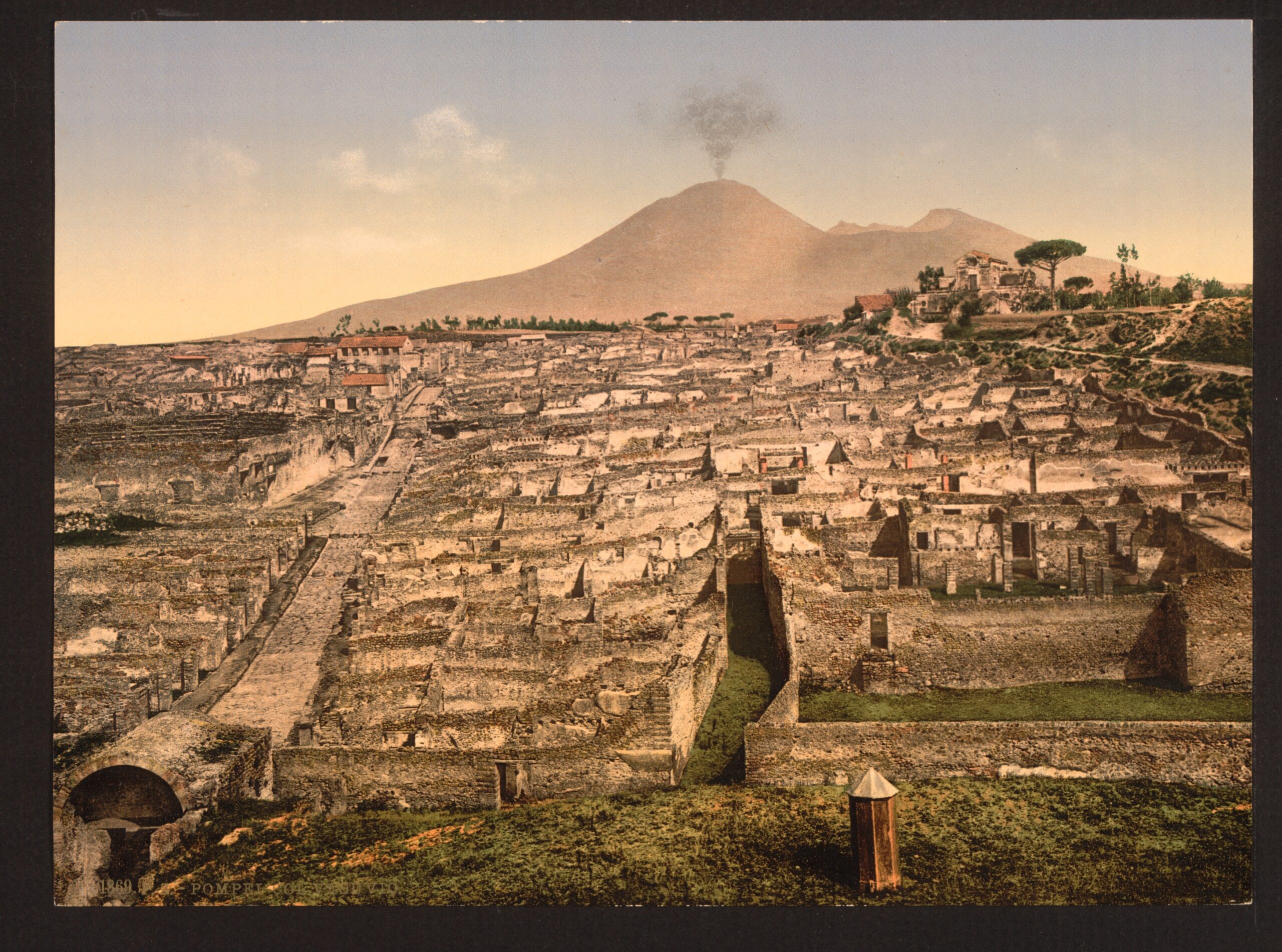
Pompeii was an ancient Roman city buried under volcanic ash after the eruption of Mount Vesuvius in 79 AD. The sudden disaster froze the city in time, preserving homes, streets, and even the bodies of its inhabitants. Excavations have revealed remarkably detailed frescoes, pottery, and personal items that show a vibrant, bustling society. Pompeii’s well-preserved ruins offer an unmatched look into Roman life, from grand villas to everyday street scenes. Today, it stands as a haunting reminder of nature’s power.
Mohenjo-Daro, Pakistan
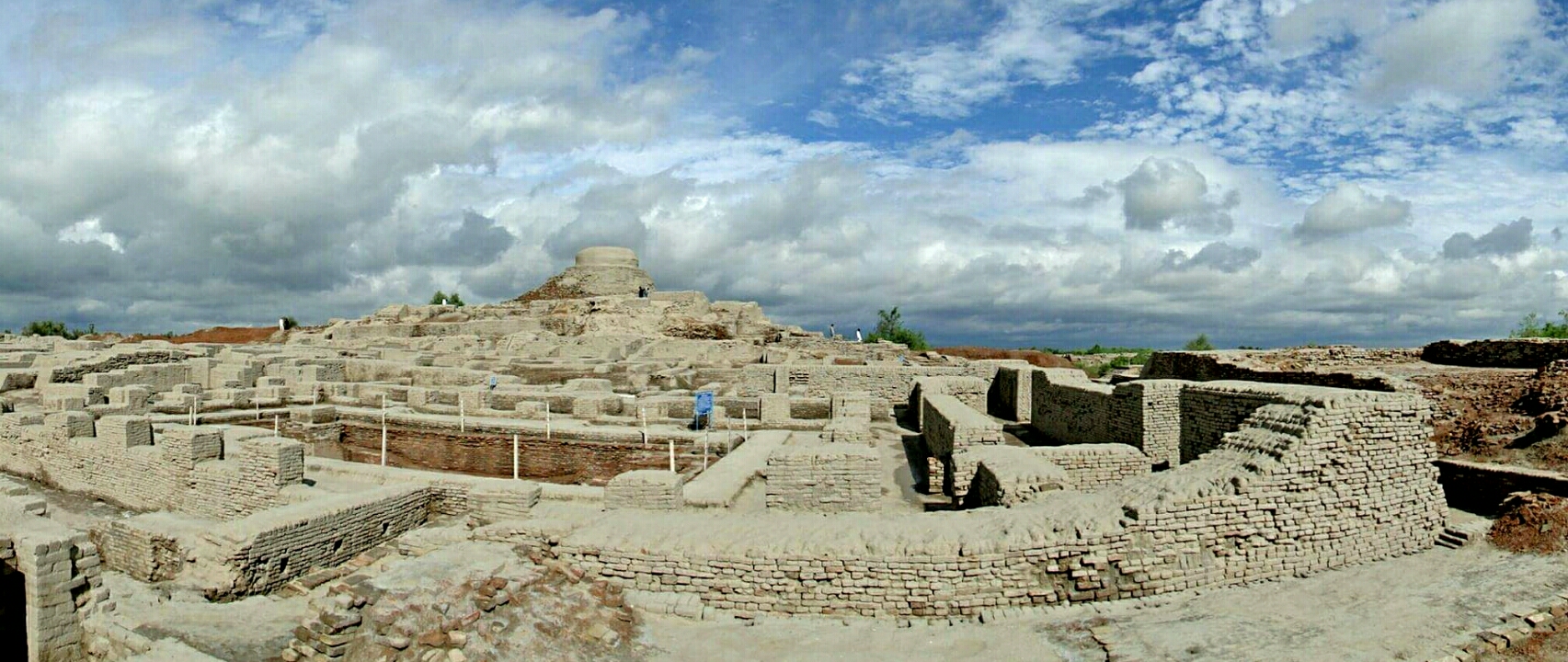
Mohenjo-Daro, one of the main settlements of the ancient Indus Valley Civilization, flourished around 2500 BC. This city was advanced for its time, with complex urban planning, including a sophisticated drainage system and well-organized streets. Rediscovered in the 1920s, its ruins reveal a society that prioritized cleanliness and functionality. The city’s iconic Great Bath and public buildings speak to a highly developed culture, though much of its history remains shrouded in mystery due to the lack of deciphered written records.
Petra, Jordan
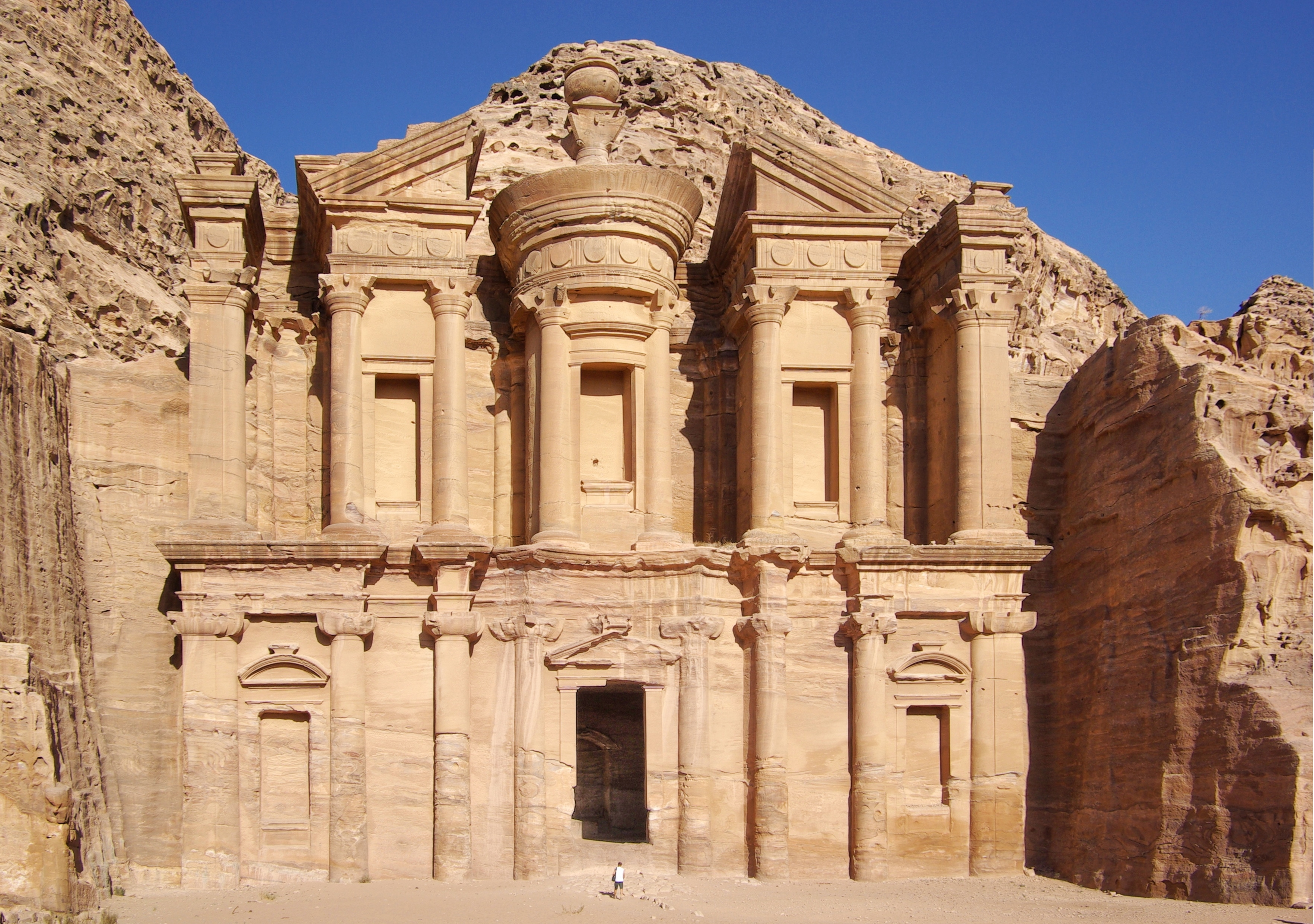
Petra, often called the “Rose City” for its pink sandstone cliffs, was a thriving Nabataean trade hub. Carved directly into the rock, its intricate temples, tombs, and monuments showcase the architectural brilliance of its builders. Once a major crossroads for caravans trading spices, textiles, and incense, Petra was abandoned after a series of earthquakes. Hidden for centuries, it was rediscovered in 1812 and is now one of the world’s most famous archaeological sites, offering visitors a glimpse into its past grandeur.
Troy, Turkey
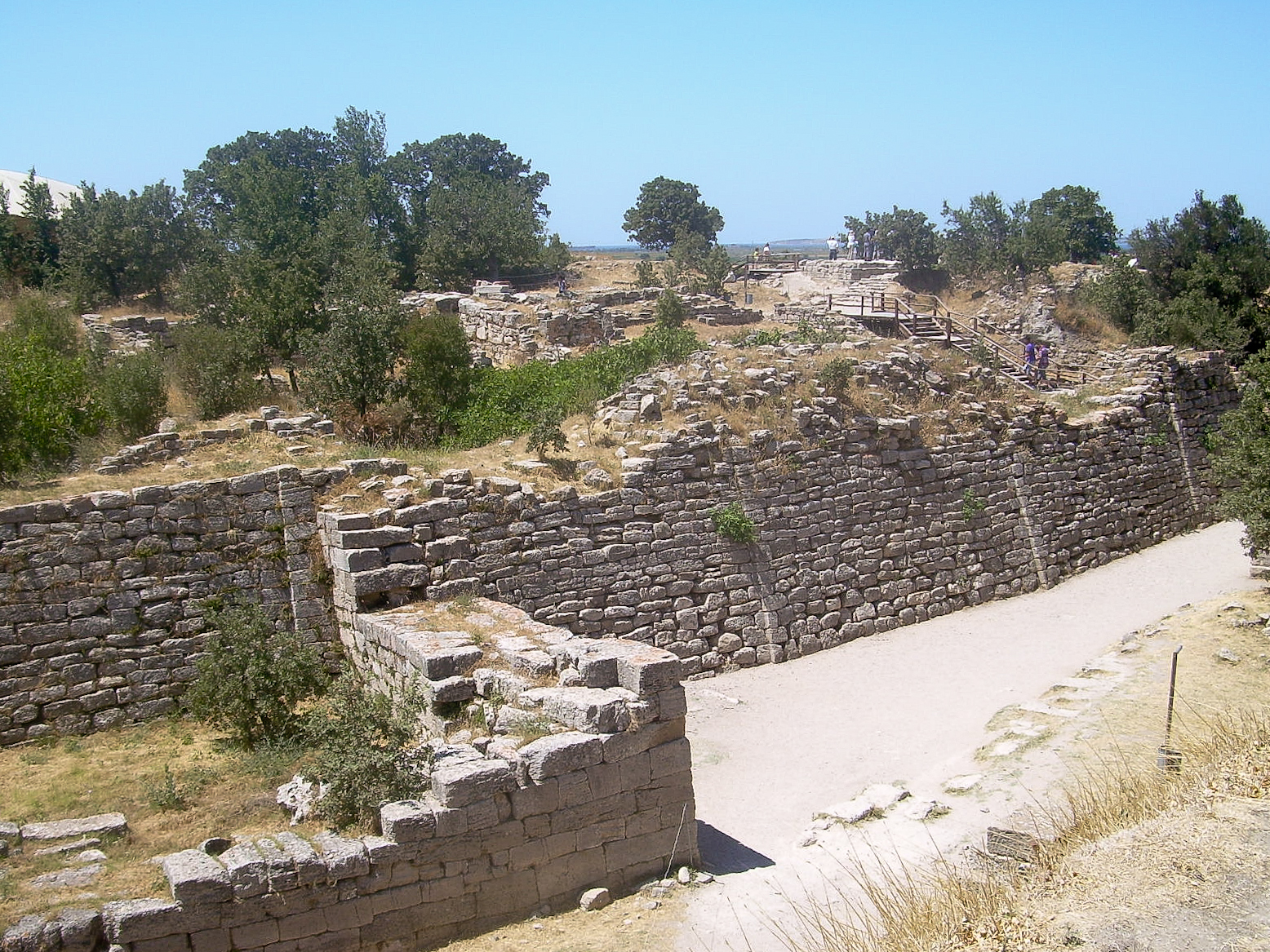
Troy, long thought to be a mythical city from Homer’s Iliad, was discovered in the 19th century in modern-day Turkey. This ancient city is believed to have been the setting of the Trojan War, a legendary conflict between the Greeks and Trojans. Archaeological excavations have uncovered multiple layers of the city, revealing a rich history of habitation dating back to the Bronze Age. Though much of Troy’s story remains legendary, its ruins confirm it was a real place, layered with history and intrigue.
Akrotiri, Greece
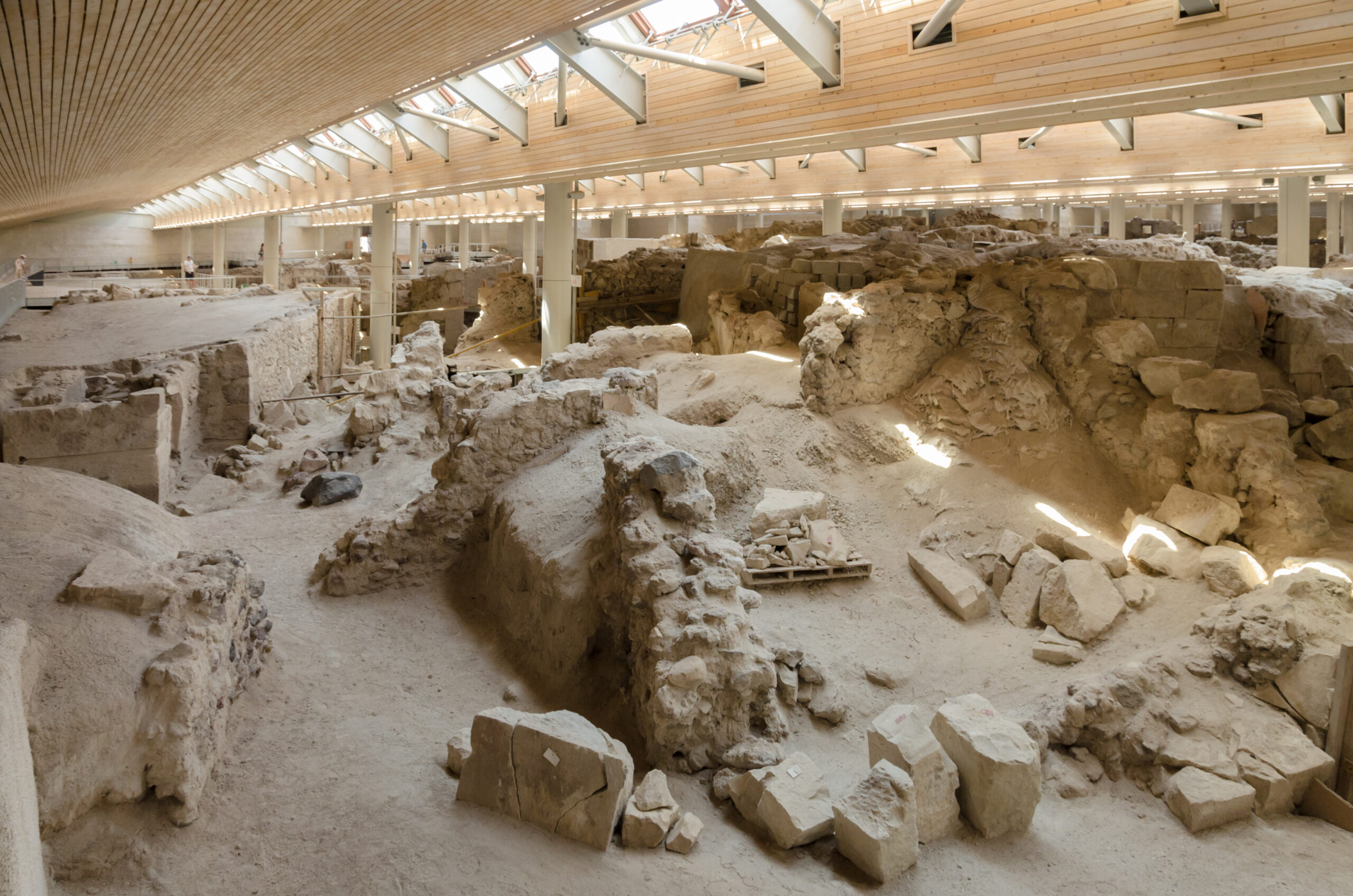
Akrotiri, located on the Greek island of Santorini, was an ancient Minoan city buried by a volcanic eruption around 1600 BC. Much like Pompeii, its sudden burial preserved many details of its inhabitants’ daily lives, including frescoes, pottery, and multi-story buildings. The city is often referred to as the “Minoan Pompeii” due to its remarkable preservation. Akrotiri provides invaluable insights into the advanced Minoan civilization, showcasing its art, architecture, and trade networks before the volcanic disaster struck.
Çatalhöyük, Turkey
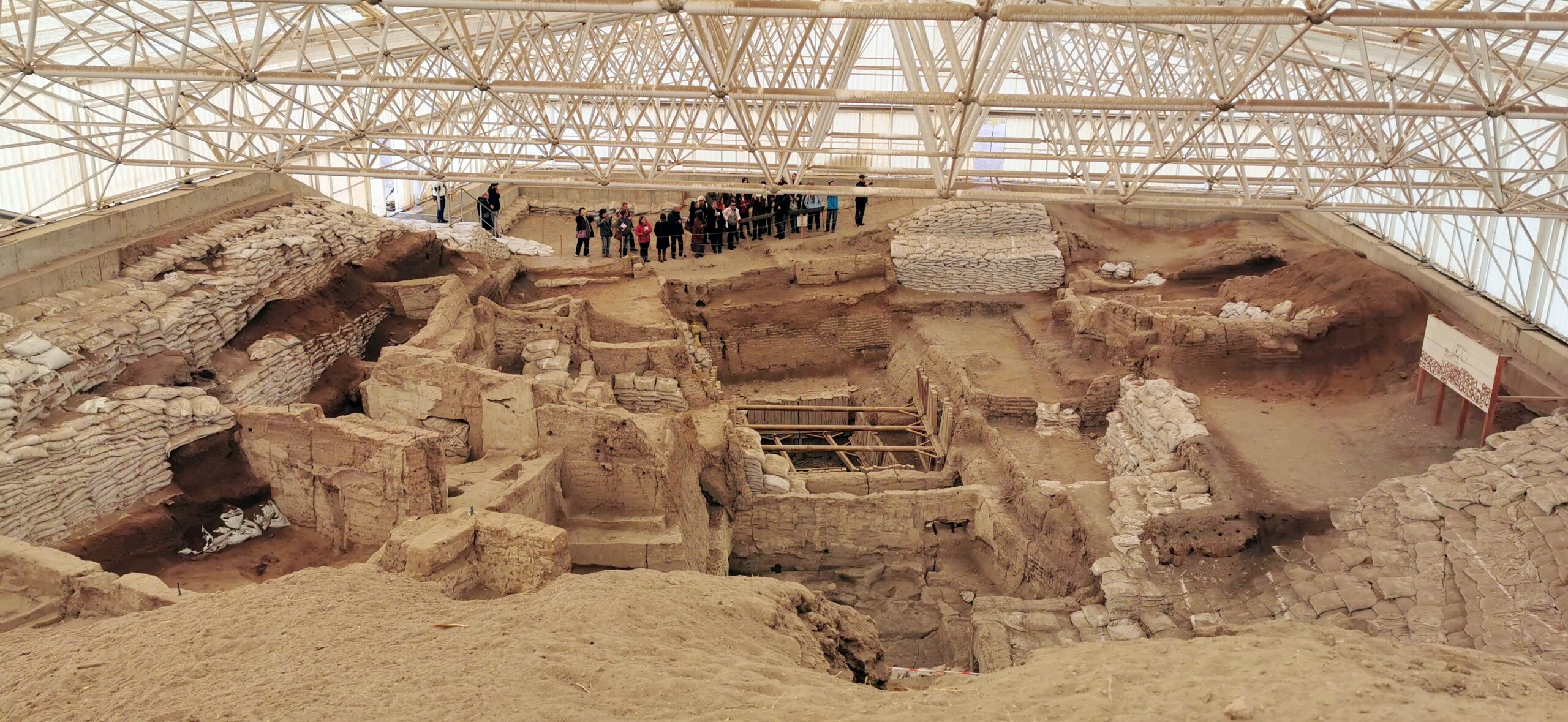
Çatalhöyük, one of the oldest known cities in the world, dates back to around 7500 BC. This ancient settlement in Turkey was a sprawling urban center with tightly packed houses, accessible via rooftop entrances. The city’s unique layout reveals a close-knit, egalitarian society with a deep connection to art and religion, evident from wall paintings and shrines found in the ruins. Its excavation has provided key insights into early human life, long before the development of more advanced urban centers.
Knossos, Crete
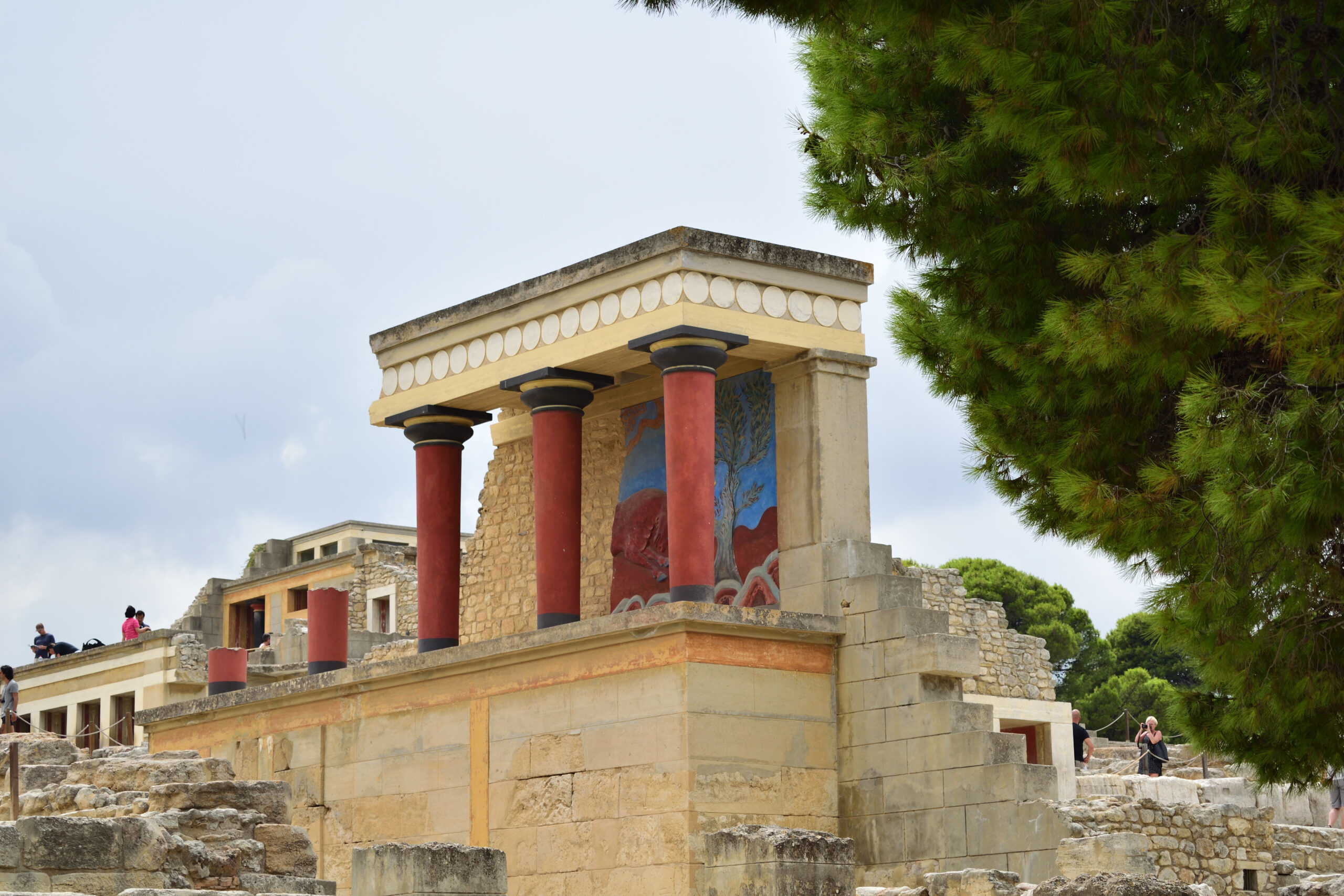
Knossos, located on the island of Crete, was the center of the Minoan civilization and is believed to be Europe’s oldest city. It was a bustling hub of culture and trade around 2000 BC, famous for its impressive palace complex and vibrant frescoes. The ruins of Knossos reveal intricate architecture, including labyrinthine passages that may have inspired the myth of the Minotaur. The palace, once home to kings, showcases the city’s wealth and power. Today, it stands as a key site in understanding the sophistication of early European cultures.
Derinkuyu, Turkey
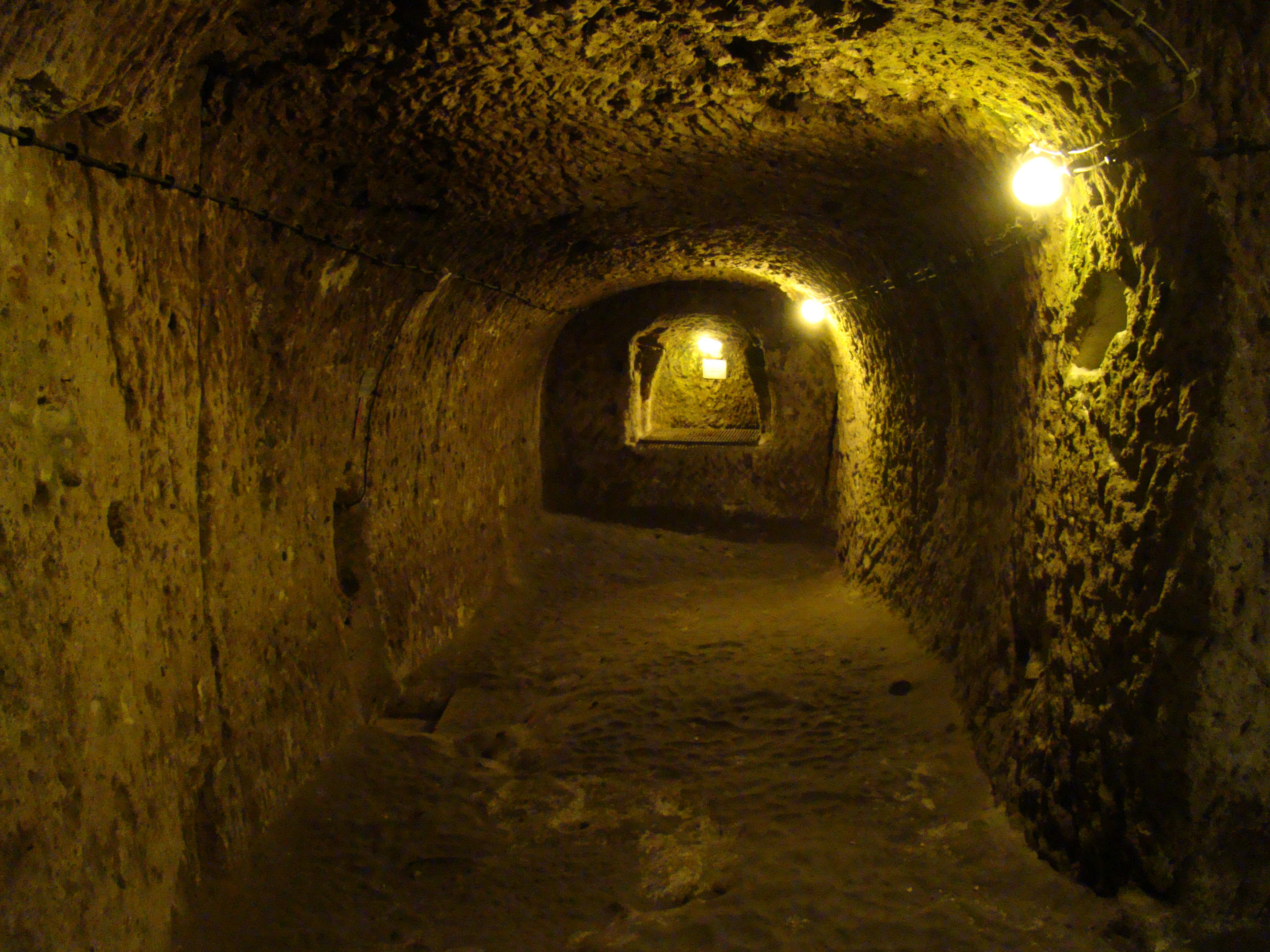
Derinkuyu is a remarkable underground city in Turkey, built as a refuge for its inhabitants. Carved into the rock, this subterranean complex could house up to 20,000 people along with their livestock and supplies. Dating back to at least the Byzantine era, it served as a hidden stronghold during times of invasion. The city had a network of tunnels, living quarters, storage rooms, and even places of worship. Its discovery in the 1960s revealed an intricate and well-planned system, designed for survival underground.
Ephesus, Turkey

Ephesus was one of the most important cities of the ancient Greek and later Roman world. Located in modern-day Turkey, it was famous for the Temple of Artemis, one of the Seven Wonders of the Ancient World. The city thrived as a center of trade and religion, with monumental structures such as the Library of Celsus and a grand theater. Abandoned after repeated earthquakes and invasions, Ephesus was eventually buried under layers of sediment. Its ruins offer a stunning glimpse into its grand past, attracting visitors from around the world.
Babylon, Iraq
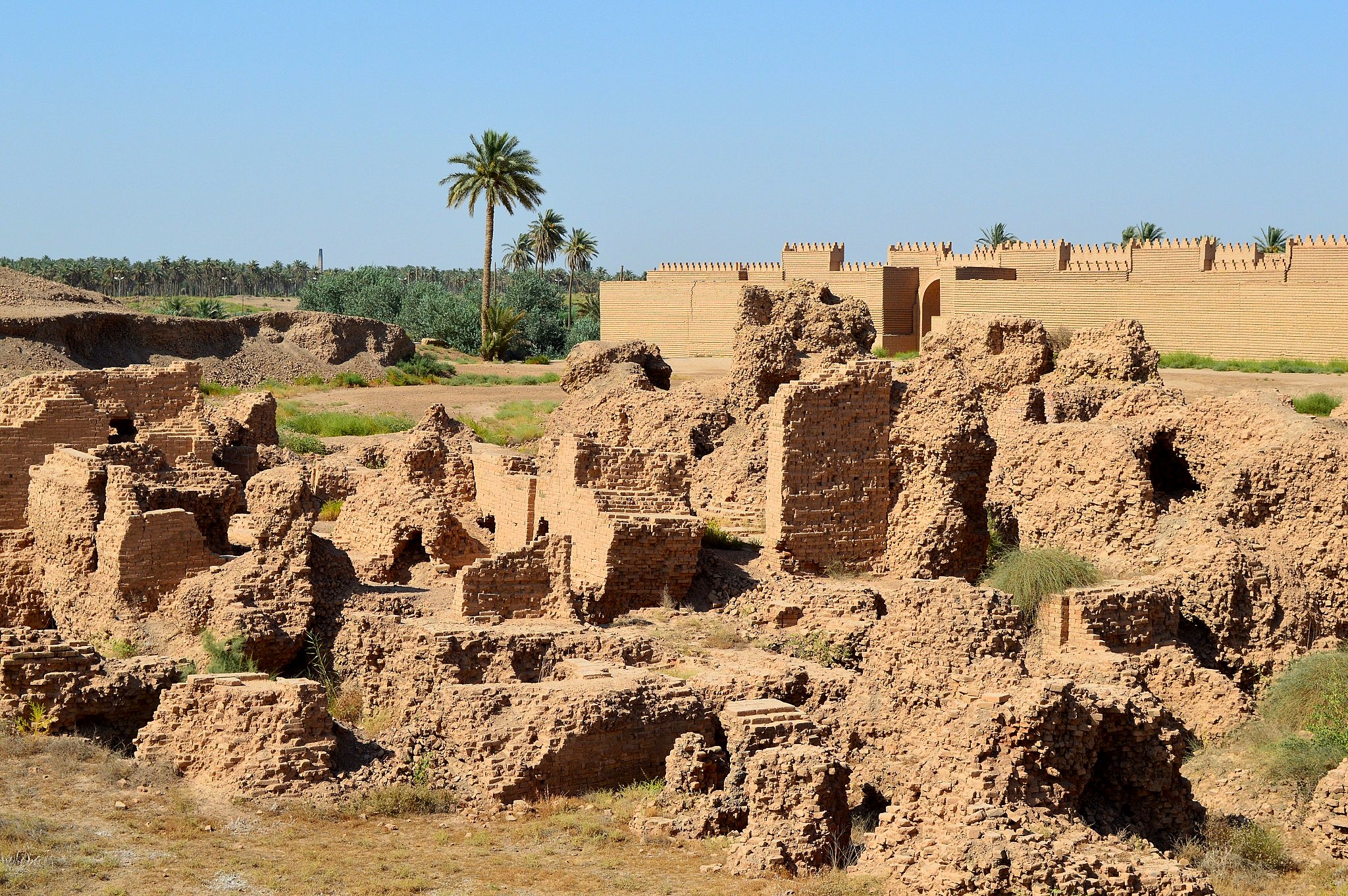
Babylon, located in modern-day Iraq, was one of the most iconic cities of the ancient world. Known for its Hanging Gardens, one of the Seven Wonders of the Ancient World, Babylon was the capital of several empires, including the reign of King Nebuchadnezzar II. The city featured impressive walls, grand temples, and the famous Ishtar Gate. Though much of Babylon now lies in ruins, its influence on history and culture remains undeniable. Archaeological excavations continue to reveal its past splendor and role in ancient Mesopotamian civilization.
Hattusa, Turkey

Hattusa, once the capital of the Hittite Empire, was a powerful and well-fortified city located in modern-day Turkey. The city was known for its imposing walls, temples, and royal palace. At its height, Hattusa controlled vast territories and had strong diplomatic ties with neighboring civilizations. The city was eventually abandoned and forgotten until rediscovered in the 20th century. Its ruins, including intricate rock carvings and impressive fortifications, offer valuable insights into the once-mighty Hittite Empire and its role in ancient history.
Angkor, Cambodia
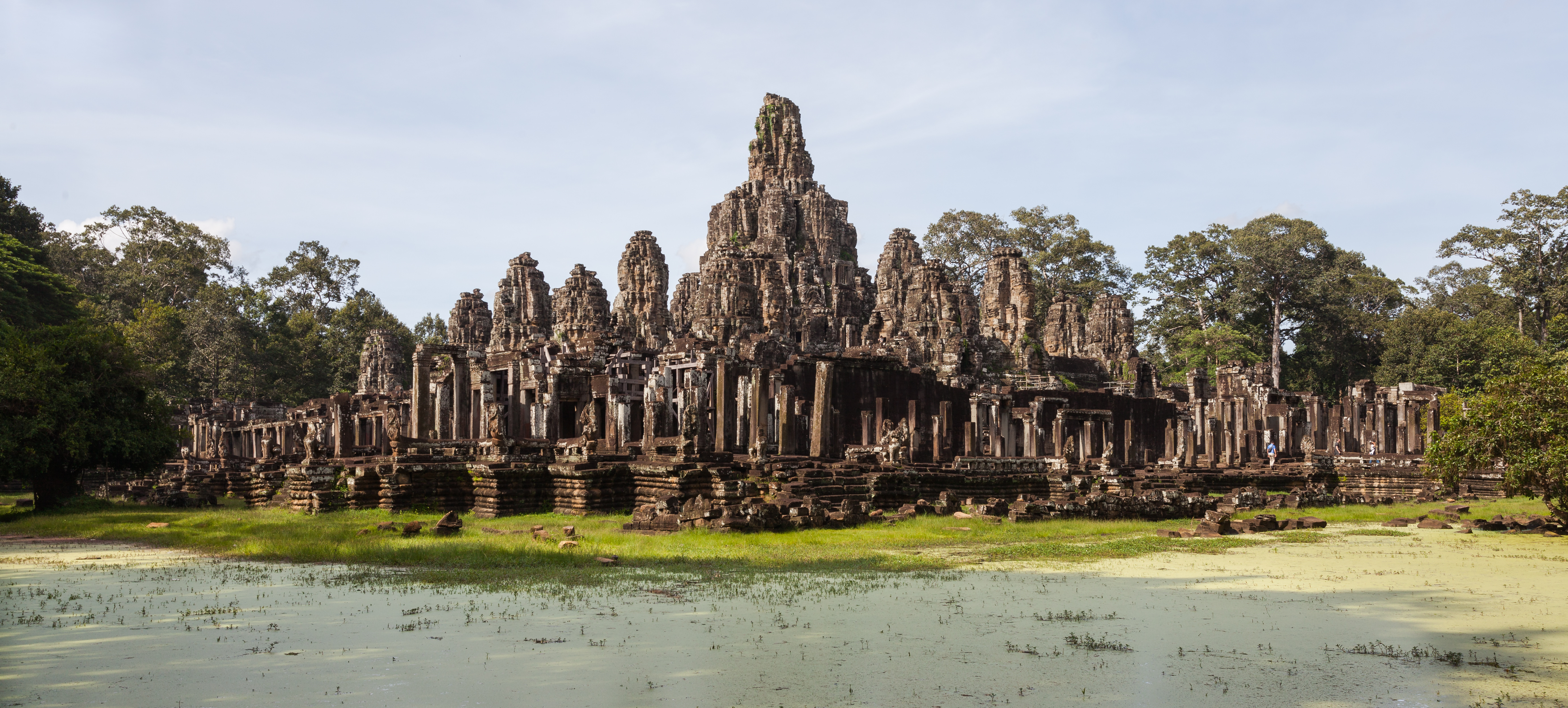
Angkor, the heart of the ancient Khmer Empire, is one of the most significant archaeological sites in Southeast Asia. At its peak between the 9th and 15th centuries, it was a vast metropolis, housing grand temples, reservoirs, and complex irrigation systems. The most famous structure within Angkor is Angkor Wat, the world’s largest religious monument, originally built as a Hindu temple and later converted to Buddhism. Over centuries, the city was slowly reclaimed by the jungle, with only its towering temples remaining visible.
This article originally appeared on Rarest.org.
More from Rarest.org
16 Unique Flora and Fauna Found Only in Isolated Ecosystems

Isolated ecosystems have given rise to some of the most unique plants and animals on Earth. Read More.
17 Brilliantly Colored Frogs and Amphibians That Stand Out in Nature

Nature is full of vibrant colors, but few creatures display them as boldly as frogs and amphibians. Read More.
18 Verdant Oases Offering Life in Arid Deserts
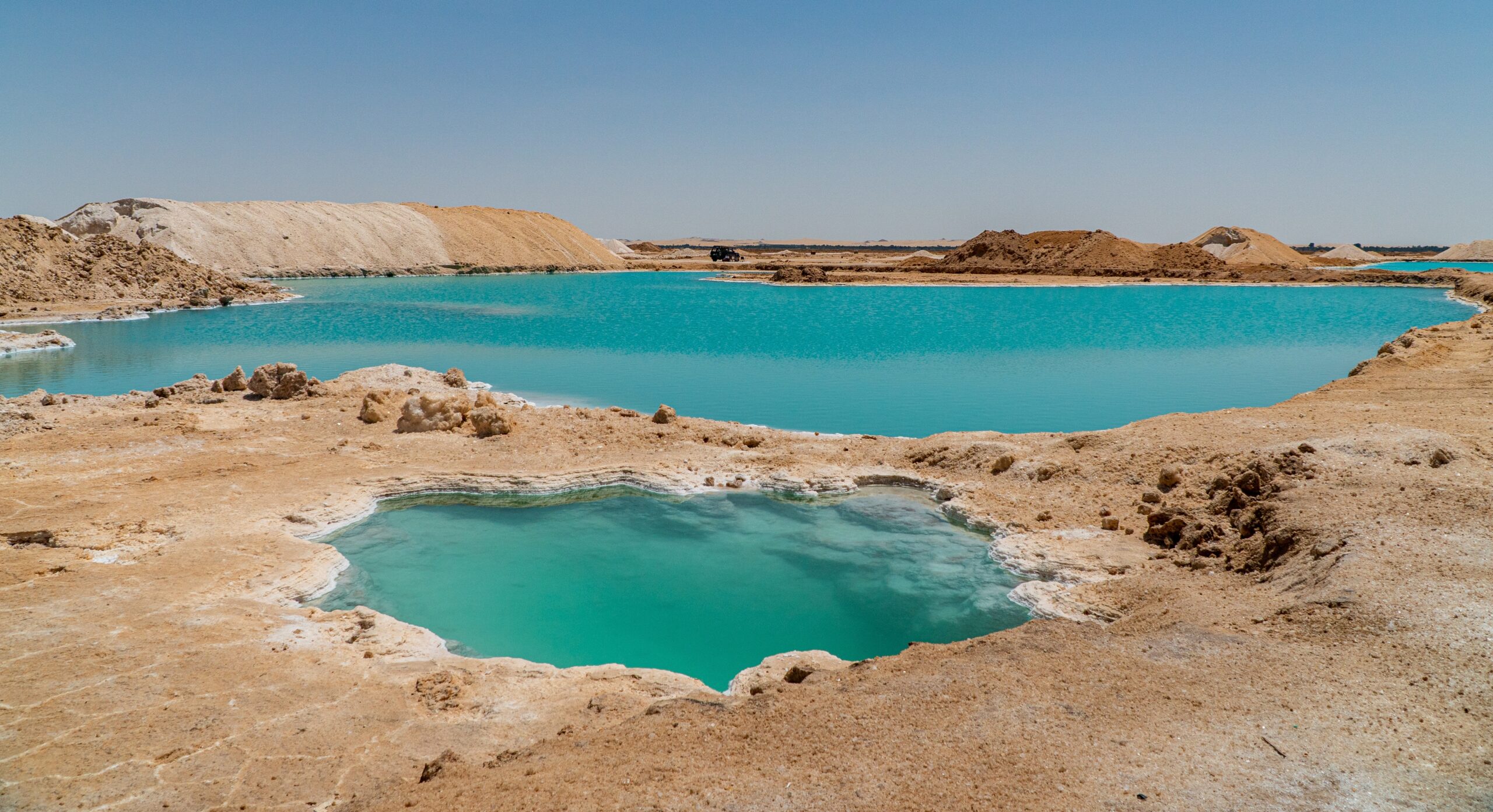
In the heart of some of the world’s driest deserts, oases provide a lush sanctuary of life. These green havens are more than just a break from the relentless sun; they’re thriving ecosystems. Read More.
